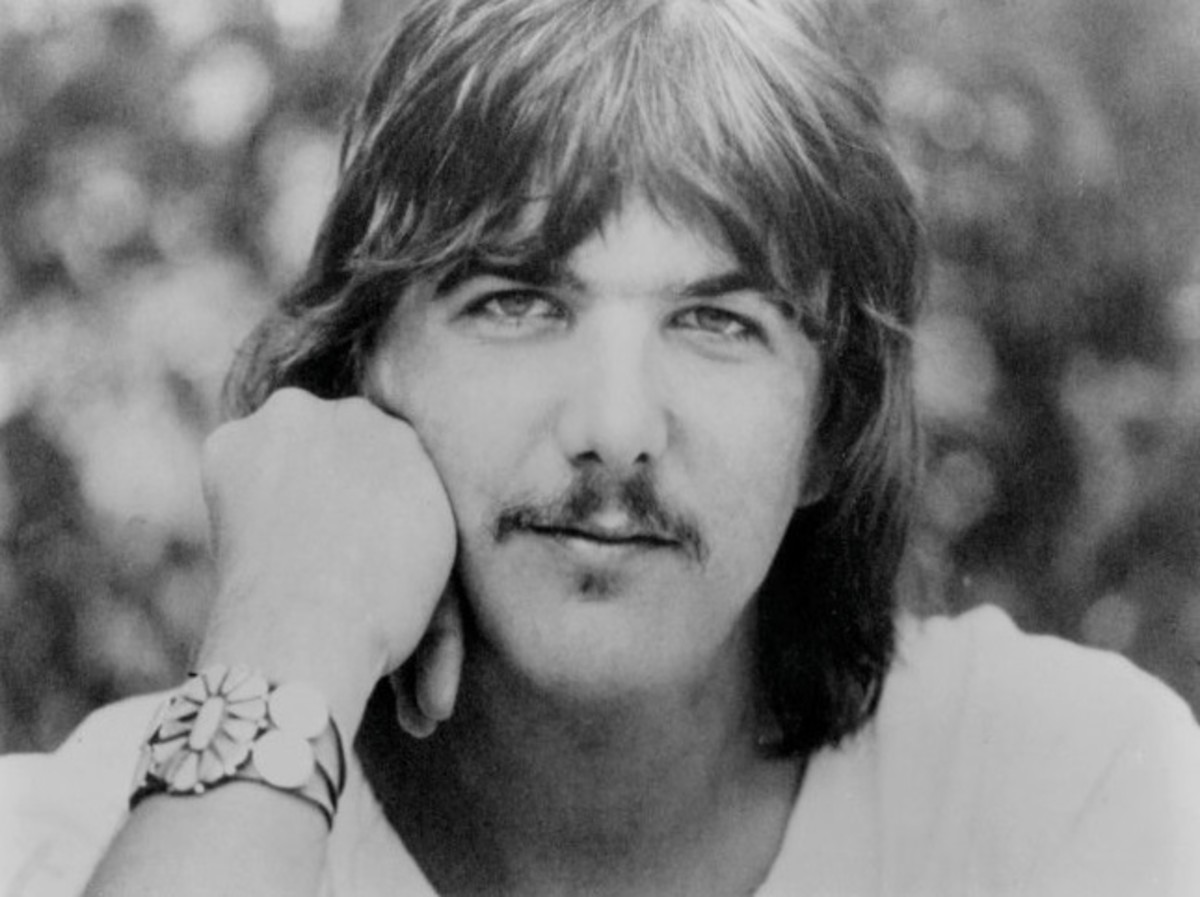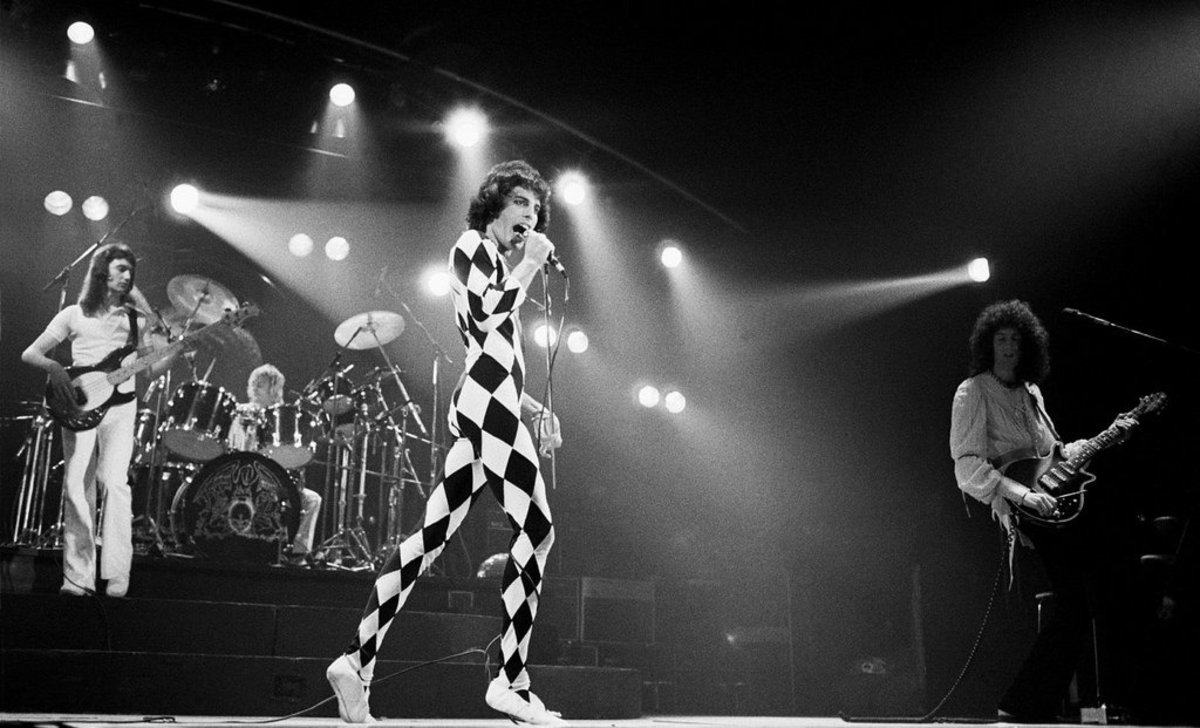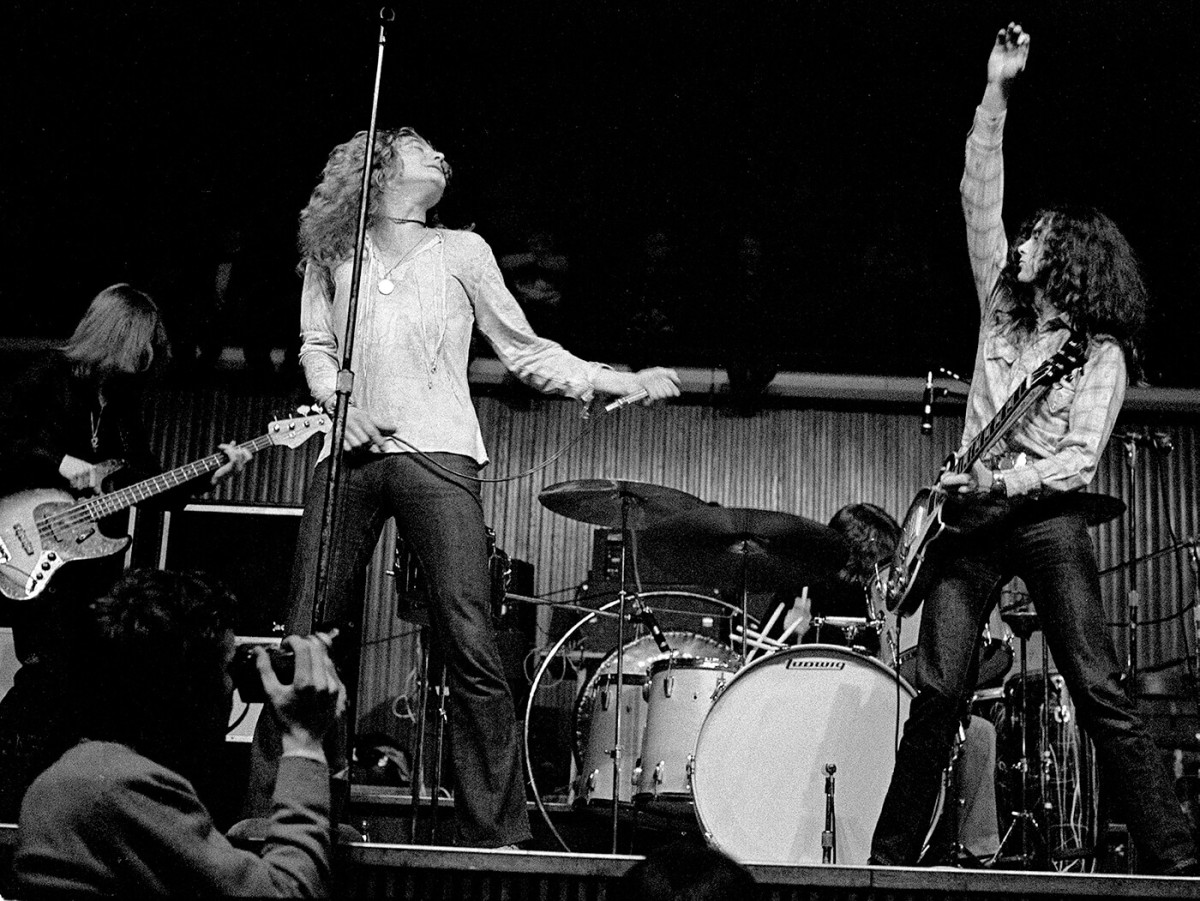My Greatest Decade: Spotlight on The Notorious Byrd Brothers by The Byrds
Some time ago, I planned to write and host a radio show to be named My Greatest Decade, which would focus exclusively on popular music, of all styles and genres, recorded between 1960 and 1969, inclusive. Unfortunately, I haven’t yet gotten the chance to bring this show to the airwaves. However, I’d like to share some texts for these programs, in highly edited form, on this series of hubs. Comments are definitely welcome.
Prologue
The Notorious Byrd Brothers, released in January 1968, was and still is The Byrds’ most acclaimed album. Its pastel beauty remains magical, over forty-five years after it was recorded. However, during the process of making it, the band literally tore itself apart. My purpose in writing this article is threefold: to examine the paradox of a self-destructive ‘Sixties band somehow managing to produce great music, to describe Notorious as a work of art, and to explore the record’s Romantic themes. (I use the term “Romantic” not in the sense of Valentine’s Day, but in its art historical sense, which would describe artists like Coleridge, Byron and Wagner and also, more recently, Kerouac and Ginsburg.)
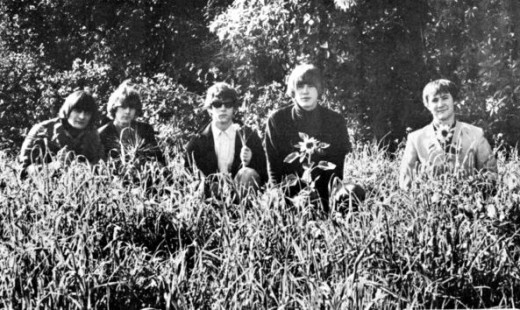
Background: The Byrds in the ‘Sixties
By the middle of 1965, The Byrds were, with The Beach Boys, one of the two superstar American bands of the era. Lead guitarist Jim McGuinn (later Roger McGuinn), rhythm guitarist David Crosby, bassist Chris Hillman, singer and tambourine player Gene Clark and drummer Michael Clarke had gotten together the previous year because they were inspired by The Beatles to combine folk music themes and performance styles with a strong rock beat. Their cover of Bob Dylan’s Mr. Tambourine Man, released as a single, established the concept of “folk rock,” and their debut album of the same name transformed popular music.
Two years later, everything had changed. Their main songwriter, Gene Clark, had quit the group the previous year. They faced a ferociously competitive marketplace, made even more so by the release of The Beatles Sgt. Pepper. And innumerable imitators had adopted the folk-rock style, destroying its novelty. And so it was that, during the Summer of Love, The Byrds started recording their fifth album in an attempt to recapture the artistic and commercial magic of their early work.
A Troubled Band
As usual with ‘Sixties bands, the group's best-laid plans were undone by destructive personalities… in this case, that of David Crosby. During their high-profile gig at the legendary Monterey Pop Festival in June, Crosby had infuriated the others by launching onstage into a paranoid harangue about the Kennedy assassination, then, the following night, sitting in with rival L.A. band Buffalo Springfield without bothering to inform his bandmates.
But the crunch came during the album sessions, when the others brought in a Carole King-Gerry Goffin song, Goin’ Back, for the band to record, and Crosby balked. He hated the song, and insisted that The Byrds should record exclusively original material for their albums (as The Beatles and The Rolling Stones were both doing). He also suspected, not without reason, that the others intended to replace, in the album’s track listing, his controversial song Triad, about a ménage a trois, with Goin’ Back.
His refusal to record the song was the last straw, and one September day McGuinn and Hillman paid Crosby a visit at his home to inform him that his services to the group were no longer needed. Though “the Cros” landed on his feet – his next band, Crosby, Stills and Nash, became one of the biggest groups of the late 1960s – The Byrds themselves never really recovered from the loss of Crosby’s distinctive lead and harmony vocals and songwriting vision.
To replace him, The Byrds rehired Gene Clark, who appeared with the band on The Smothers Brothers’ TV show to mime, very self-consciously, the studio recording of Goin’ Back, in which he had not participated. But after only three weeks, Clark quit the band again, this time for good (not counting the ill-fated 1973 "reunion"). Although his contribution is disputed, most commentators agree that he had little or no impact on the finished album.
The Byrds (with Gene Clark) appear on The Smothers Brothers Show, miming the studio version of Goin’ Back – Fall 1967
Michael Clarke, the drummer, disliked both the songs and Crosby’s incessant belittling of his abilities, so he, too, quit. Clarke came crawling back a short while later, so the others kept him on till the album was finally finished… and then fired him. That left only McGuinn and Hillman to rebuild the band from scratch, but that’s a story for another day. What really matters is that despite all these head-spinning personnel changes and petty squabbles, The Notorious Byrd Brothers, as a work of art, is remarkably cohesive and alive.
Album Highlights
Goin’ Back
Released as the album’s first single, Goin’ Back has more sparkle and enchantment than the previous year’s Dusty Springfield version (which made the UK Top 10). The Romantic poet William Blake in the early 19th Century wrote his Songs of Innocence and Songs of Experience. This is The Byrds’ “Song of Innocence,” in which they look at the past and the world around them with childlike wonder – strongly enhanced, paradoxically, by a sophisticated arrangement that includes strings, a celeste and a pedal steel guitar, played by country music ace Red Rhodes.
Draft Morning
One of the oddest things about the 1960s is that, though politically the decade was defined by the younger generation’s opposition to war, it produced shockingly few great antiwar songs. Draft Morning, however, is one of those few. Begun by Crosby, then cobbled together by McGuinn and Hillman after Crosby was fired, the result is perfect. The song is about a draft non-resister, who, like a sleepwalker, gets out of bed one morning to go off to a war he knows is wrong. There’s a dreamlike atmosphere, actually, to the entire song, strengthened by nightmarish battle sound effects added by the radio comedy troupe, The Firesign Theatre.
Wasn’t Born to Follow
This fine song, also written by Goffin and King, is sung from the point of view of a man who resists a life of conformity (marriage?) that a lover wishes to impose on him. The track includes excellent guitar work by veteran bluegrass picker Clarence White (who would later join the band full time). It was included in the film Easy Rider (1969) and on its soundtrack album.
“Wasn’t Born to Follow” clip from the film Easy Rider (1969)
Change Is Now
Except for Draft Morning, Change Is Now is my favorite song on the album. One of its key lines is “Things that seemed to be solid are not” – a Romantic concept if ever there was one. The instrumental break, with great guitar work by White, is a classic bit of “raga rock” – an evocation of the hypnotic drone of Indian music, although no Indian instruments are used.
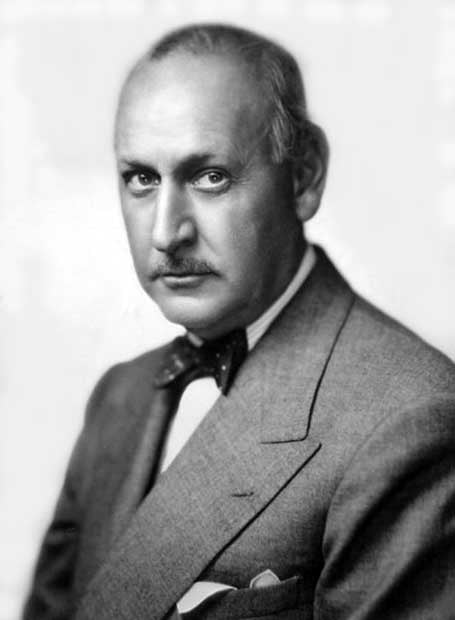
Old John Robertson
This uptempo proto-country-rock tune is actually the most poignant song of the album – if you happen to know the backstory behind the lyrics. John Stuart Robertson (1878-1964) was a Hollywood filmmaker from the golden era of silent movies, who directed such luminaries as John Barrymore, Mary Pickford and Lillian Gish, and who was married to screenwriter Josephine Lovett (the crippled “Old Jo” of the song). In the mid-1930s, John and Jo retired to Rancho Santa Fe, California, where the young Chris Hillman in the 1950s encountered the elderly couple. In the song, however, all the neighbors, especially kids like Hillman, laugh at Robertson, who sports a Stetson hat like a Wild West outlaw. When Old Jo dies, Robertson is consumed by grief, but neither Hillman nor the other children can comprehend his anguish – “Fear kept them out.” And if there’s a villain dominating this album, it’s fear. So the conquest of fear is to be celebrated: as the line in Change Is Now goes, “Dance to the day when fear is gone.”
Tribal Gathering and Dolphin’s Smile
These two songs demonstrate David Crosby’s remarkable development as a songwriter. The first, a paranoid tale about a hippie Be-In threatened by Hell’s Angels, is played in 5/4 time (like the classic Dave Brubeck Quartet tune, Take Five) and explores Crosby’s jazz influence, perhaps his single most important contribution to the group. Dolphin’s Smile is a charming depiction of Crosby’s love affair with the sea, with the “smile” of the dolphin taunting the captivity of land-bound humans.
Summary of Romantic Themes
The album’s Romantic themes (or, as Tim Connors less respectfully calls them on his great Byrdwatcher website, “a roster of hippie shibboleths”), which make The Notorious Byrd Brothers so typical of ‘Sixties music, may be summarized as follows:
- celebration of childhood innocence
- fierce hatred of war
- defiance of conventional personal relationships, like marriage
- embrace of change for its own sake
- tolerance for the outsider (such as John Robertson or the hippies at the Be-In)
- love and respect for the natural world.
Indeed, if one kidnapped Wordsworth, Shelley and Keats in a time machine and brought them to the present day to listen to the album, they’d understand exactly what the band was talking about.
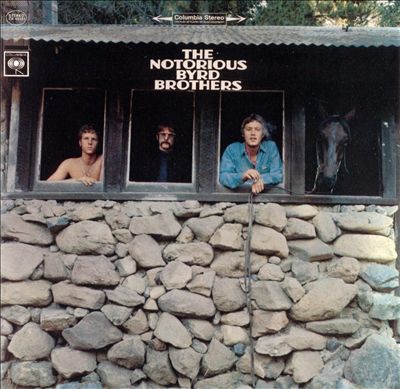
A Brief Word About the Cover
For the album’s cover, the band chose as a setting for the photo shoot, of all things, a stable. Staring at the camera through the four windows of the structure are Chris Hillman, Roger McGuinn, Michael Clarke… and a rather confused-looking horse. Many people assumed the horse was the band’s unkind reference to former member David Crosby – including Crosby himself, who was deeply offended. McGuinn denied this, but added that if he had intended the horse to represent Crosby, he would have turned it around, which doesn’t exactly attest to his sincerity.
One can gaze at this cover and wonder how such silly, petty, childish people managed to create an album so rich and resonant, and so eternally relevant.
© 2014 John D. Baldwin


